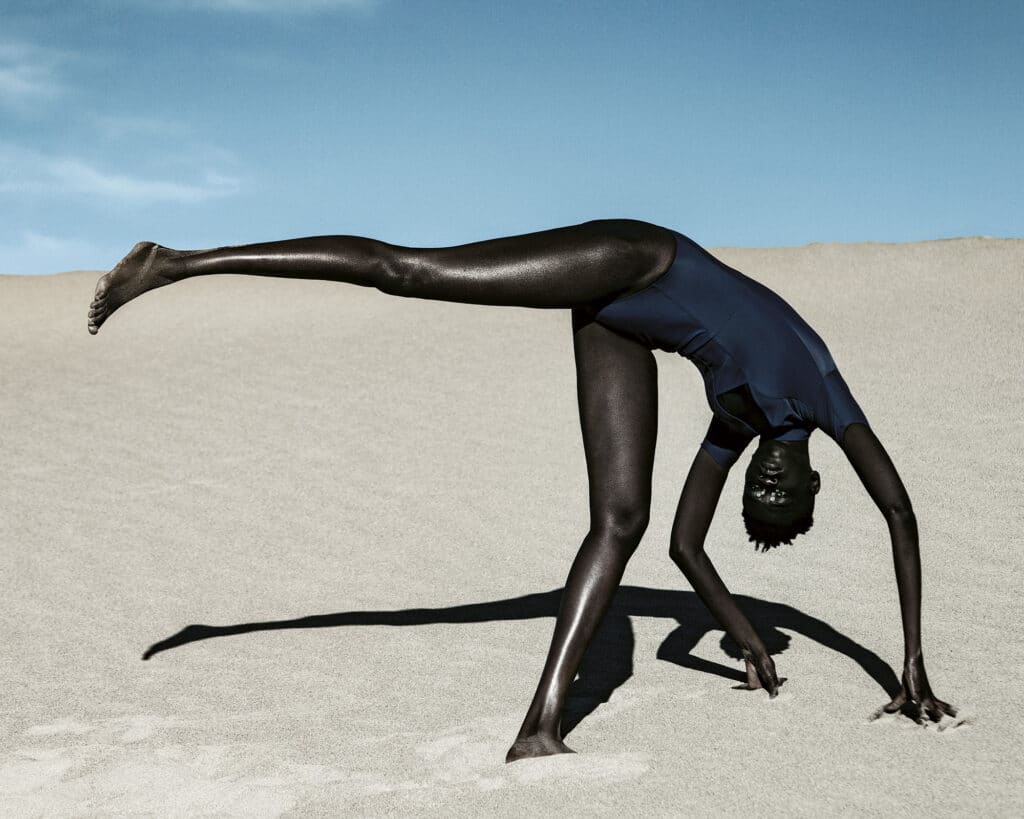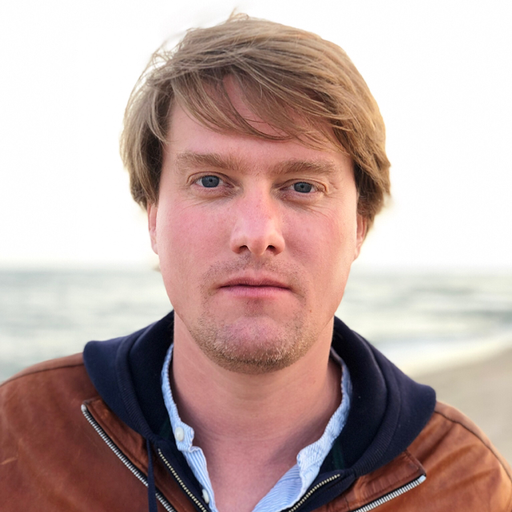How did you get into photography?
I started out at a young age. I did film photography because I’m part of that generation. It haunted me. As a teenager, in the early 1980s, I even thought of becoming a photographer at one point. I mainly photographed dance: My sister performed in a contemporary dance company.
There were two photographers in my family. One of my uncles was a reporter for the Angoulême newspaper La Charente Libre. He would let me tag along on occasion, and if I took a good photo, it would earn me publication in the paper. I remember the cutting-edge photo lab at the paper’s headquarters. I had another uncle who was more into landscape photography, and who took me on many trips to islands and mountains. He worked for Double Page, a photography magazine, now defunct.
This was before I majored in art history, and worked in contemporary art, with photography, I would say, a little more conceptual, intellectual, less instinctive, less emotional … to finally return to the origins.

Are you from Charente?
No, not at all. I was born in Germany, in Northern Bavaria, but I grew up in France from the age of three, not far from Chantilly, in Senlis.
What is it about photography that moves you the most?
First of all, I’m quite touched by the idea of a narrative. So not necessarily a single photo but several. I remember the first time I read an interview with Paul Graham, who said that as soon as you put two photos together, you are telling a story. This is his practice in a nutshell. The ability to tell a story is something that has always fascinated me. That’s what many documentary photographers are doing now. They have moved towards storytelling. Whereas before, the shot had to tell the whole story.


What are kinds of photography do you like?
I’m quite eclectic. I like Sabine Weiss as much as Smith, Paul Graham, or Josef Koudelka. In fact, what I am looking for is an experience, I want the photographer to convey something to me. But I also like the experiment, a photo that is not necessarily a product that fulfills a generic canon. What motivated me to come to the Rencontres d’Arles was diversity. It’s in its DNA. We have a lot of leeway in this festival that one wouldn’t necessarily have in an institution.
Are art and politics, art and commitment, important today?
Yes, I think so. In any case, we can observe this right now. Many photographers claim that their photography is a form of activism.
How do your personal tastes fit into the Rencontres programming?
This year, the events are split half and half. The Masculinities exhibition was already part of [the former director] Sam Stourdzé’s program in 2020. I tried to start with ten or so exhibitions that I held on to, but then adding different perspectives. For Masculinities, I invited Clarisse Hahn. I knew that she was doing a project on the “Princes of the Streets.” She practically lives with the people she photographs, there is a kind of slippage between her private life and her environment. With Smith, I added a more experimental perspective. With The New Black Vanguard, I respond to the desire to go a bit beyond the question of masculinity–femininity, the relationship to the black body, to the origins… This is my stamp on this edition of the festival.

What are the challenges you are currently facing?
One big challenge is to continue developing the festival. We must constantly reconceptualize it, adapt it to the moment. We have just come out of a period of pandemic, which was quite hard. My task is to provide a diversity of artistic programming that meets the expectations of the public, whether professionals or enthusiasts. The Rencontres d’Arles is also a platform. It is interesting to collaborate, to dream things up with the LUMA Foundation, with Maja Hoffman, for example, or with other institutions around Arles which have been loyal partners. I am thinking of Nîmes, Avignon, the Lambert collection, the institutions in Marseille… How to continue doing things together once summer is over? If we think of all our young people from the Discovery Awards, perhaps they might be receptive to holding a conference together in one of these institutions. These are things that I have already started working on: events all year round in France, using our network, our name.
What do you feel just as this 2021 edition kicks off?
I would say, renewed pleasure of exchange. People have been deprived of opportunities to share, to look at works of art, to talk about them. That’s the beauty of this festival: we have the exhibitions, and we meet around them, sharing ideas, planning exhibitions, etc. It’s very satisfying to know the festival was able to happen. I think that’s the big thing this year, apart from any programming considerations.

How do you view the current state of the world of photography?
I tend to think that photography is often seen as a single entity, even though there are different practices; and depending on the practice you adopt, you are in a more or less stable or fragile position. We all know that those who do news coverage are in a very precarious position, even if this is an area of specialty associated with Visa pour l’Image, in Perpignan, more than with Arles.
Isn’t photography also a victim of its own success?
Well, there is that. We all carry a camera in our pocket, so we feel no need to have someone with a trained eye, who travels to the ends of the world. That’s why I was talking about storytelling: if there’s one more thing that great journalists can do, it’s write. Some people write with words, others with images. That’s a real talent; not everyone can do it. However, the proliferation of images means that every image becomes relative with respect to the next. And so, in the long run, only certain practices will be able to survive.
Which ones?
Those that involve storytelling. Not everyone has an artistic sense. It would be misguided to think that just because you’re going to train as a photographer, you’re going to have talent. In the end, that’s what makes the difference.
What is talent?
It’s having an eye, being able to construct a vision, and to captivate.
Interview by Jonas Cuénin
Jonas Cuénin is Blind’s Editorial Director and the former Editor in Chief of L’Oeil de la Photographie and Camera.
Rencontres d’Arles 2021. Through September 26, 2021. More information here.



